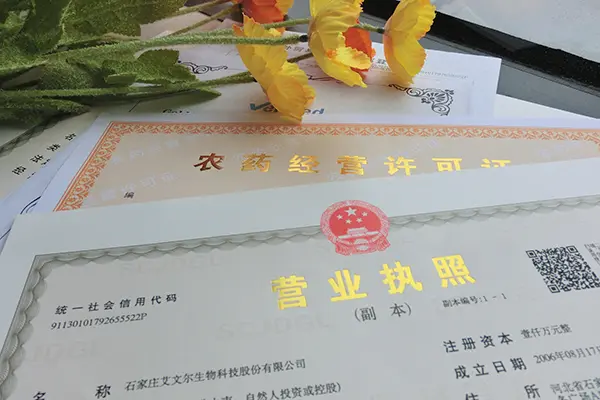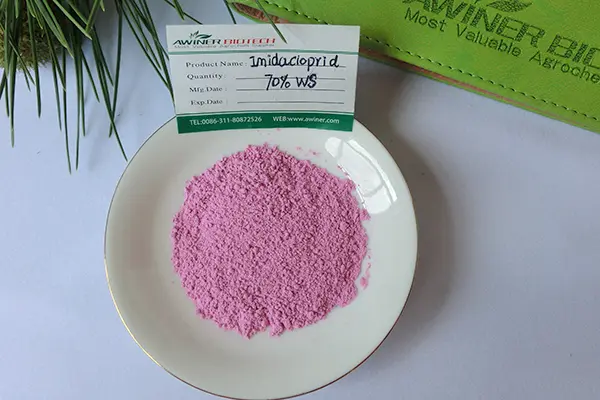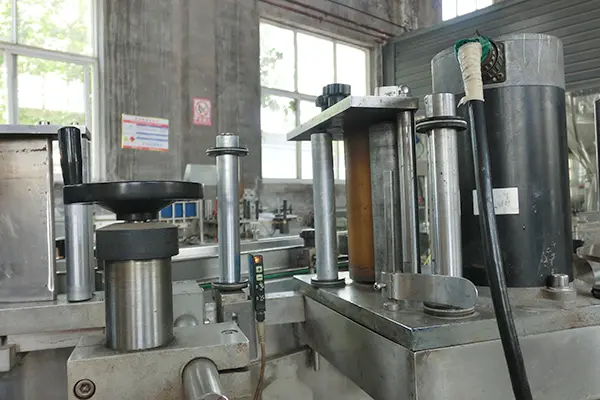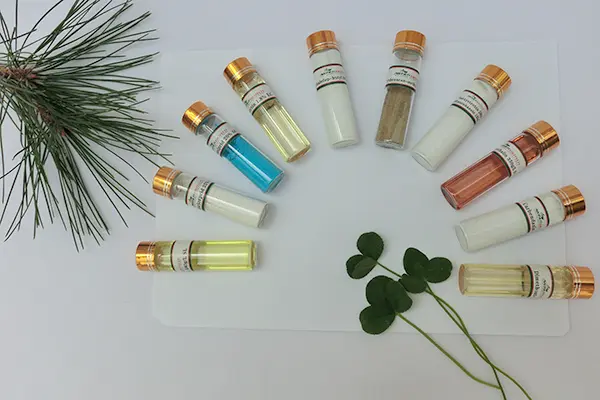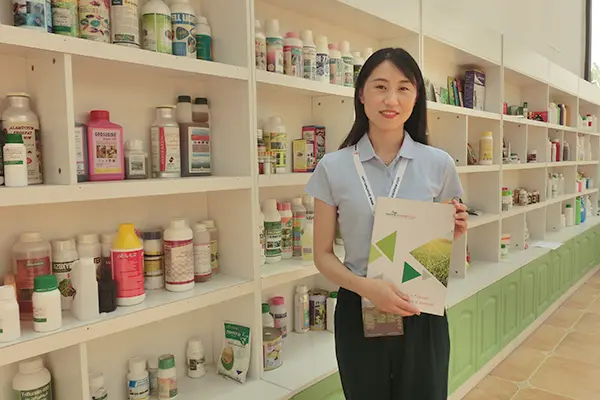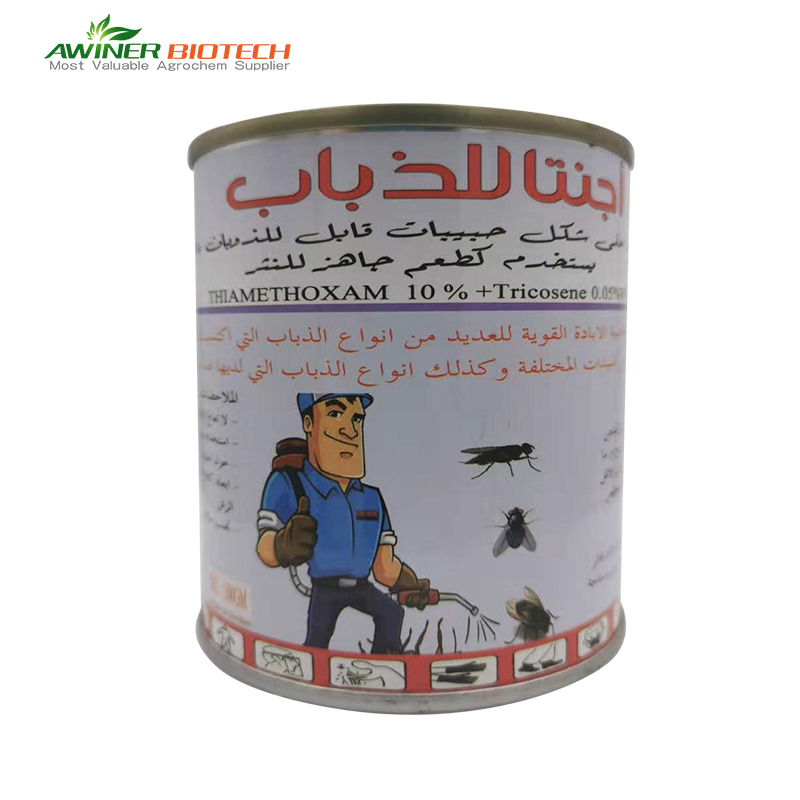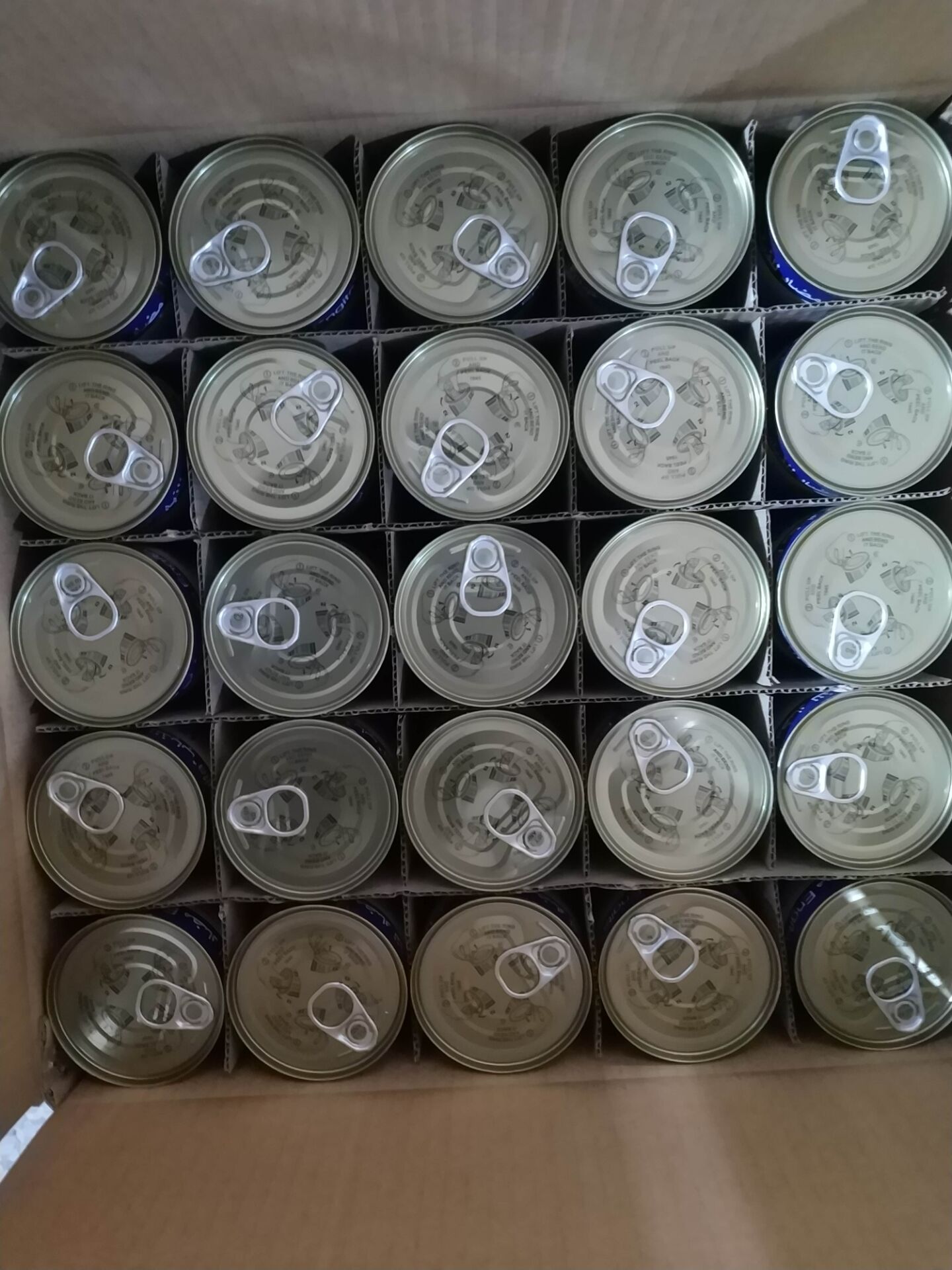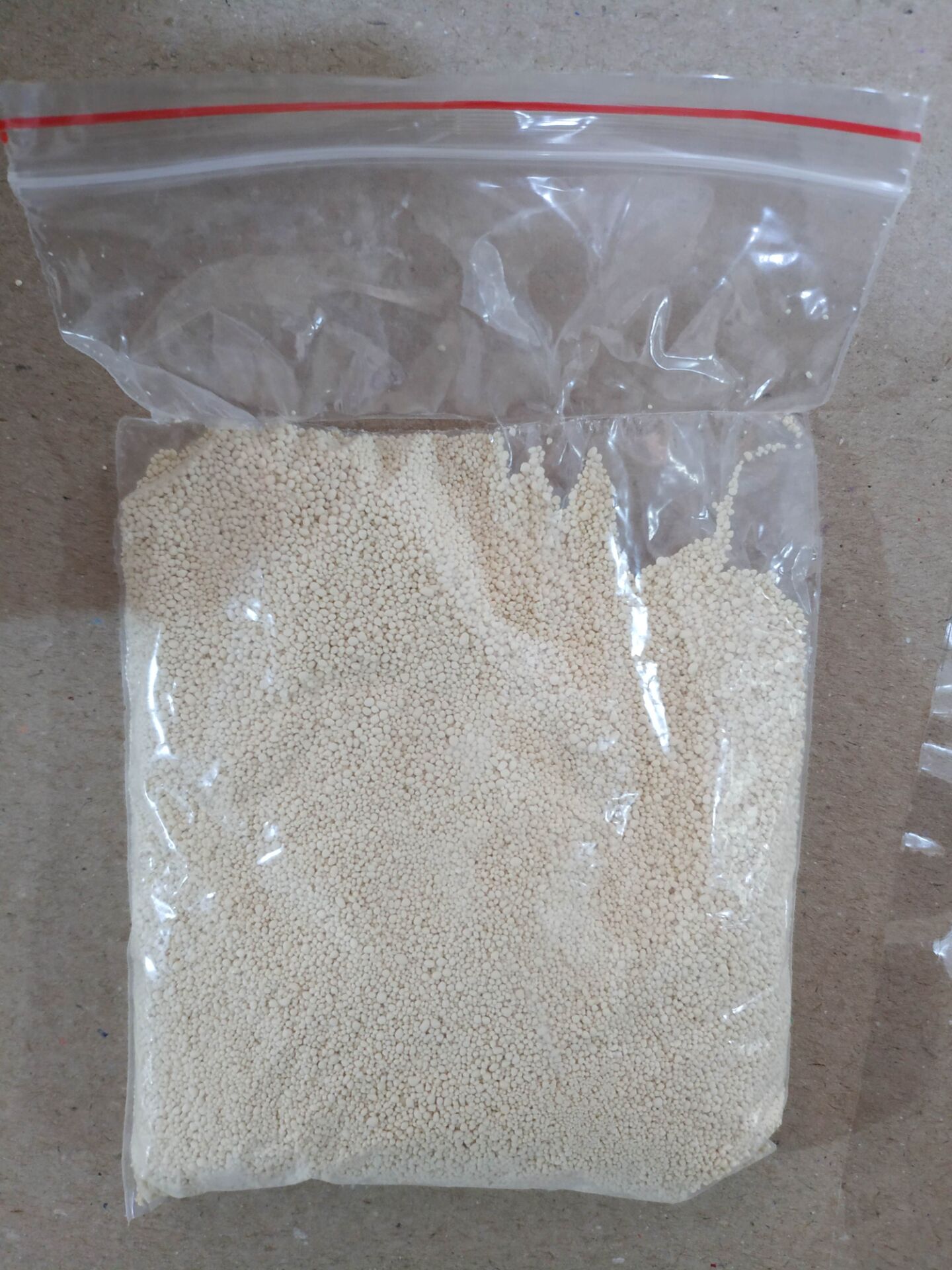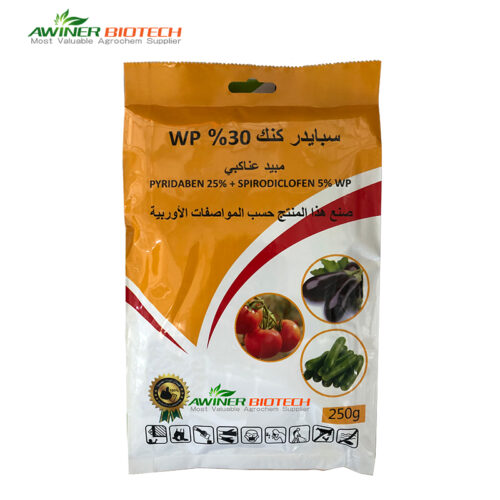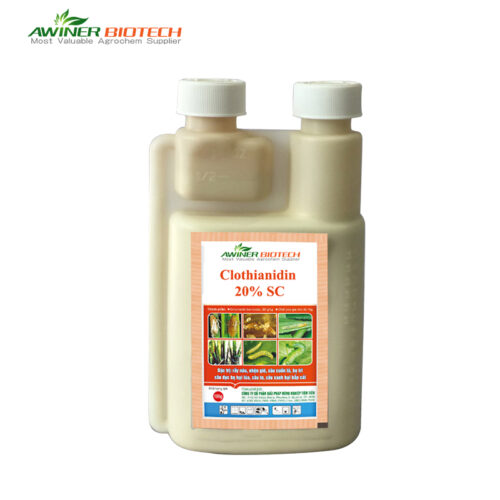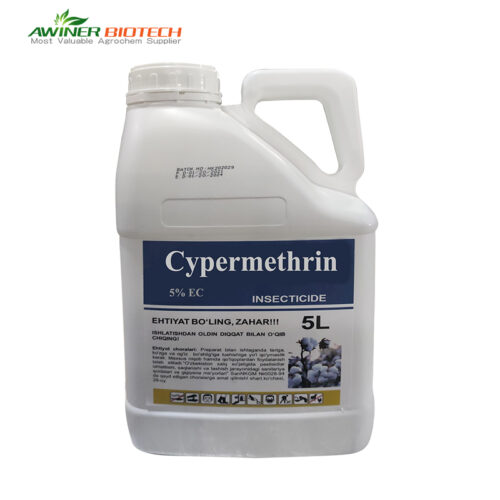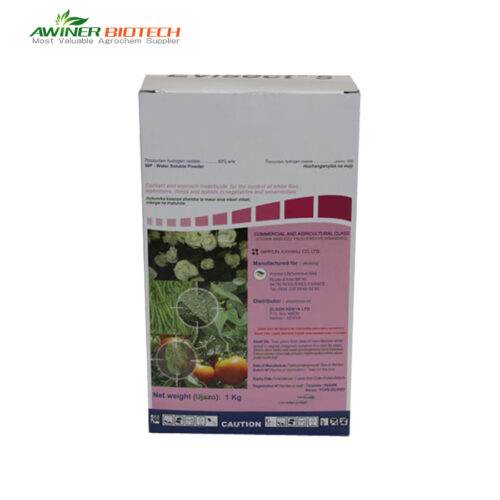Thiamethoxam |
|
| Dosage form | 25%WDG/DF,75%WDG/DF,350g/l FS |
| Packing | 1L 、500ml 、250ml、100ml、50ml;1kg、500g、250g、100g |
| Formulation | Customized |
| Label | Customized |
| Pest | 1.Rice – Rice Planthopper, Rice Stem Borer, Rice Water Weevil, Rice Leaf Folder, Brown Planthopper, Corn Borer, Secondary Corn Borer 2.Wheat – Aphids |
| Certification | SGS、 ISO 、BV |
| Delivery time | 20-30 days |
| Mixture products |
Thiamethoxam and Bifenthrin
Thiamethoxam vs Tricosene Thiamethoxam and Chlorantraniliprole Thiamethoxam and Lambda-cyhalothrin Thiamethoxam and Abamectin Thiamethoxam vs Indoxacarb Thiamethoxam vs Acetamiprid Thiamethoxam vs Fipronil |
| Payment terms |  |
This product is ideal for use in areas where fly control is critical, such as livestock facilities, waste management sites, and agricultural settings. Apply according to the label instructions to ensure optimal results and safety.
thiamethoxam vs tricosene Product Description
Thiamethoxam vs tricosene is an innovative insecticide formulation specifically designed to target and control fly populations. This product combines the systemic action of Thiamethoxam with the attractant properties of Tricosene, ensuring efficient fly control.
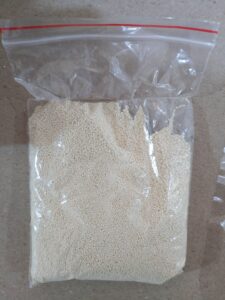 |
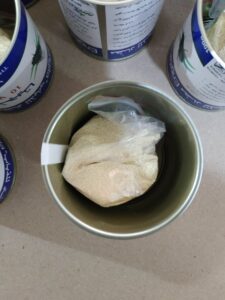 |
 |
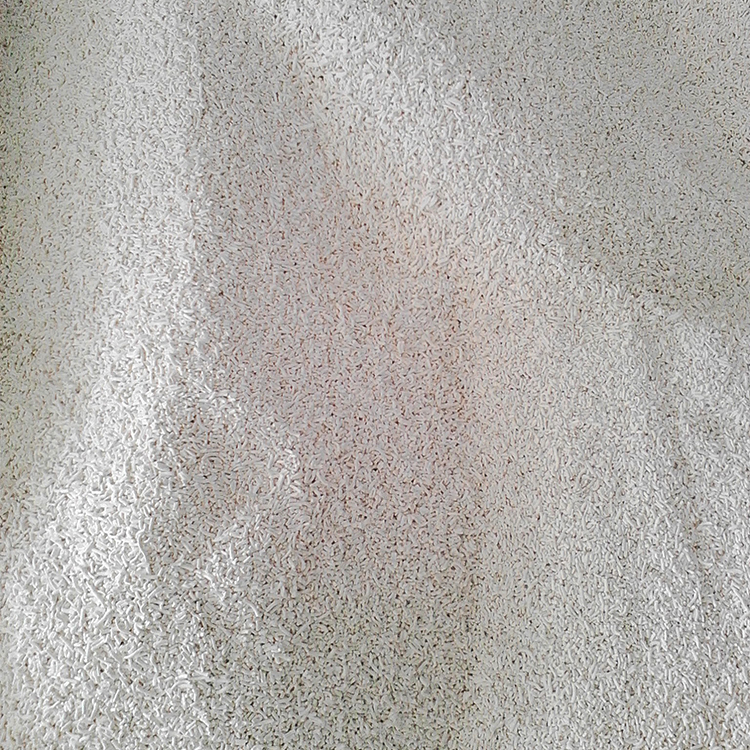 |
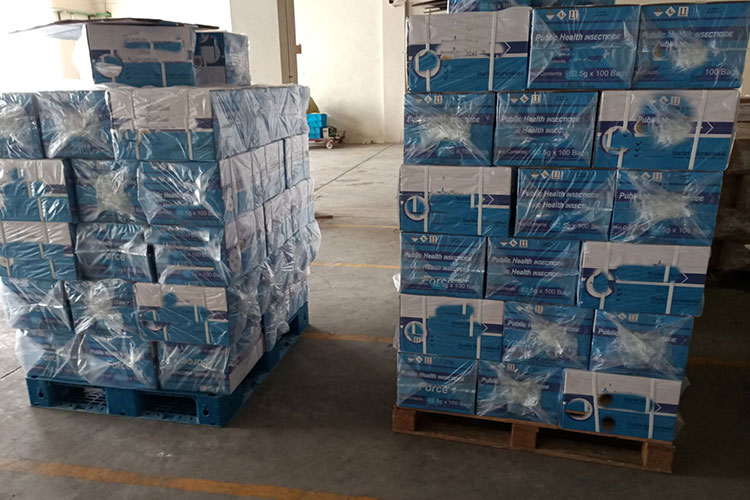 |
Mode of Action: Thiamethoxam, a neonicotinoid, works by interfering with the nervous system of flies, causing paralysis and death. Tricosene acts as a pheromone, attracting flies to the treated area, enhancing the effectiveness of the insecticide.
Application and Usage: This product is ideal for use in areas where fly control is critical, such as livestock facilities, waste management sites, and agricultural settings. Apply according to the label instructions to ensure optimal results and safety.
<About Awiner Biotech>
